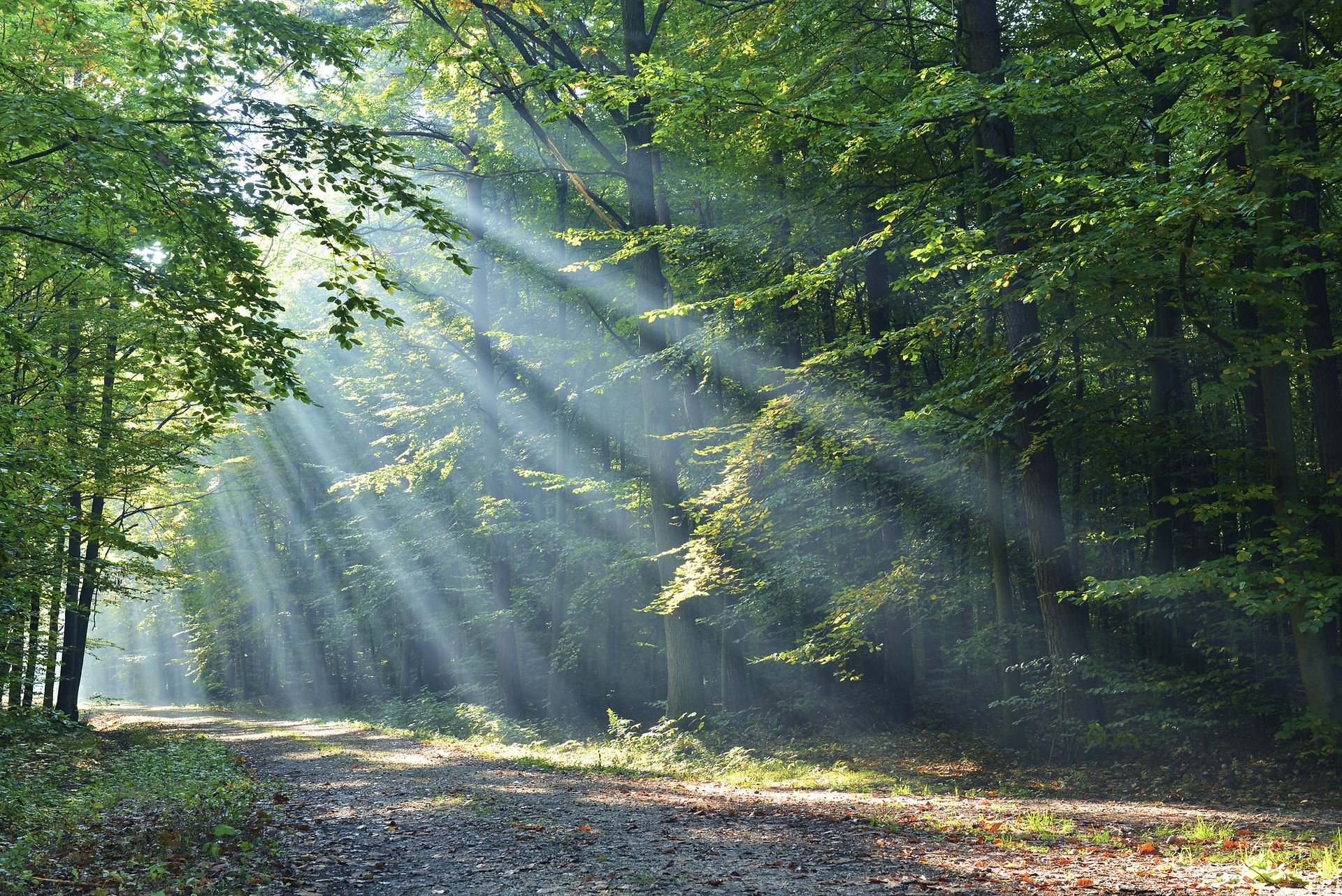The Trident Maple Hustle!
- Peter Tea
- Sep 11, 2011
- 3 min read
Updated: Oct 8, 2020

For the last couple of weeks, I’ve been working on a lot of, “developing Trident Maples.” These developing Trident Maples have good size trunks, so now it’s time to develop the main and some secondary branch structures. The great thing about all these Trident’s that I’ve been working on is that they are all Root over rock Trident Maples. I’d have to admit that lifting them wasn’t too fun but each of them are truly amazing trees and I’m glad that I’m playing a part in their development. Here at Aichi-en, Japanese Black Pines are the front runner in quantity, but the Trident Maples are a close second. This works out great for me because Trident Maples are my second most favorite tree to work on. As you can see from the picture above, there is some serious ramification being developed here. But how do we get to that point? In this post, I’m going to talk about some basic concepts as to how Trident Maples grow and develop, a couple of branch selection scenarios and some before and afters shots of what I did to the overall tree. I took a lot of pictures for this post so it’s a longer one. It’s actually the longest post to date. I thought about making it a two parter but tomorrow is my day off after two weeks of nonstop work and I think I’m going to lay off the computer for the day. Here we go!
Why Trident Maples?
Trident Maples are native to China so it makes sense that they are used for Bonsai. Their leaves vary in sizes but can always be trained to become smaller if necessary. They grow fast, wounds heal quickly, buds back easily and can be developed into highly ramified trees faster then most other deciduous trees. As the tree gets older, the trunk and branches will develop muscular lumps and start shedding thin pieces of bark to reveal a beautiful patchwork of orange and grey hues. They are one of the most common deciduous trees used in Bonsai here in Japan.

Growth characteristics




Let’s get to work!
My task for these trees were to defoliate the tree, cut off unnecessary branches and wire the remaining branches. We didn’t do this work to all the Root over rock Tridents here in the yard because they’re all in various stages. The ones that still need to get bigger or develop thicker branches are being let go and allowed to grow for another year or more.
Aluminum wire should be used when wiring Deciduous trees. Since aluminum is softer and more flexible then copper, we have to use a much thicker wire to bend maple branches. When selecting aluminum wire sizes for a specific branch, it needs to be almost equal in size to the branch you want to bend.







Selecting which branch to remove and keep can be tricky because there are so many variables to think off. When cutting, you always have to ask yourself these questions. Is the branch too thin or too thick for the section of the tree I’m working on? Are there multiple branches growing from one point? Is the internode in this area too long for the section of the tree I’m working on? Is there taper in the branches?
I mostly was cutting branches that were point down, cutting thick branches back to use more smaller branches to develop better taper and cleaning out areas on the trunk that were too crowded with branches. Take what you can from this post now and in the future when I work on more Trident maples and run into more specific concepts and points, I’ll share them with you. Cutting deciduous trees is difficult and cannot be learned in just one sitting, so I don’t expect anybody to learn it all in just one post. ;o)

Next…



Next…





Next…



Next…



Next…


The count?

The goal
What was the goal of all this work? Other then give me a great deal of practice…


The interesting and strange

This by no means, is a reason for anybody to forgo the correct development and style of a Trident Maple. Too often I hear people talking about creating their own style in Bonsai, not because they’re trying to be creative, but because they lack the skills necessary to do it correctly. A skilled Bonsai artist should be able to do both the classic natural style and the sometimes odd styles.
This is just a part of the overall development of Trident Maples and as I continue to work and study them, I’ll be sure to pass on the info I learn to you readers. This was a long one. Are you tired? I know I am…
Thanks for reading!




Comments